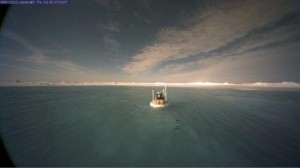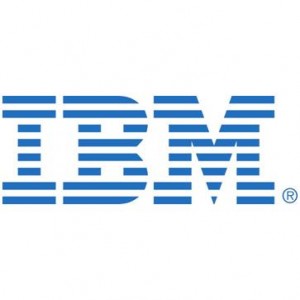
North Pole covered in water, summer 2013
The average global temperature has risen by 1.3° Fahrenheit over the last century, and many argue the change was a direct result of human activities that generate greenhouse gases. For the majority of this last century, a relatively small amount of the world was industrialized, but these few industrialized nations produced a much higher volume of greenhouse gas than agrarian economies. Today, we have new economic powers rising, such as China and India, who have massive populations. Accompanying these powerhouses are hundreds of millions of other people who are making their ascendancy from poverty to a consumption-heavy, middle class by way of industrialization. With this advance comes an even greater stress on the environment. Let’s fast forward 37 years to 2050. Most estimates have the world population approaching 9.5 billion; total energy consumption would increase by about 80%. As you can see, we have a problem on our hands and sustainable real estate is not only a part of the solution, but an opportunity.
If you view this timeline from the perspective of a real estate investor there is not only a great business opportunity, but there’s a chance to make a positive impact on Earth’s future. We have multiple tools at our disposal to take advantage of this. We view sustainable real estate as a three part model:
- Sustainable building materials and design
- Integration of digital technologies
- Sustainable construction (this is a conversation for another day)
In our efforts to curb climate change, technology will be our greatest asset. Revolutionary building materials such as solar roof tiles, or vacuum insulation panels will provide free clean energy and reduce overall energy consumption. Simple design alterations may be made, such as placing windows high on the walls in order to let in maximum amounts of natural light. While these new technologies and designs will cost plenty up front, the rate of return on these types of investments will be staggering.

Solar roof tiles
To complement these new materials and designs, advanced digital technologies are becoming more prevalent. Commonly referred to as “smart grids”, these technologies are being developed by firms like Cisco, IBM, and Hewlett-Packard. The abilities of smart grids are quite impressive. They function by automatically manipulating energy-consuming devices which aren’t being used like: phones, computers, lights, air conditioners so there’s little energy wasted. Many large corporations have already installed these systems in their larger facilities, and now the technology is finding its way into smaller commercial and residential properties. The same concept applies to these technologies. There are large upfront investments, but produce excellent long-term returns. 
Any building with these types of energy efficient improvements will benefit from them two-fold. Not only will the costs of operating the building will be greatly reduced over the long run, but its owner will have a solid basis for charging premium rents or increasing the asking price during a sale. Of course, there’s also the prospect of a natural increase in value from external factors like energy scarcity. Buildings account for approximately 40% of the United States’ energy consumption. This presents colossal opportunities for sustainable real estate as we progress into the 21st century. Uncertainty clouds the future, but we believe adding sustainable real estate to your portfolio is a shrewd maneuver which is sure to pay dividends.